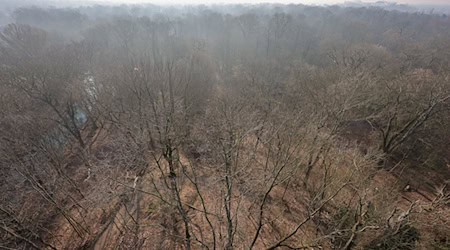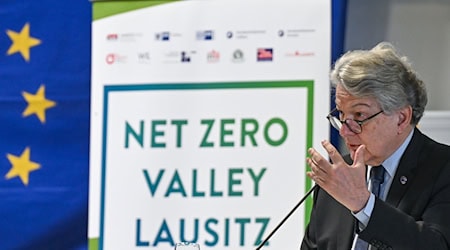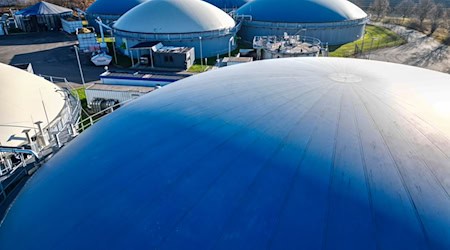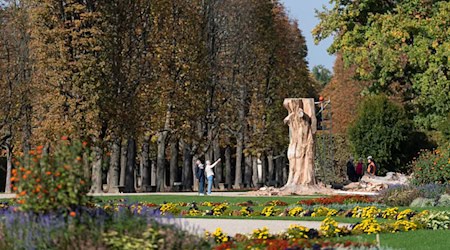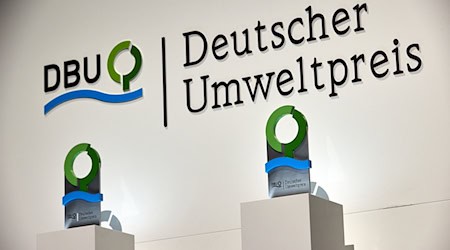Saxony performs well in the German Environmental Aid's heat check. All six cities examined in the Free State were awarded a green card in an analysis by Environmental Aid. Satellite data was evaluated for this and land sealing and green features of the 190 German cities with more than 50,000 inhabitants were compared.
The result: 24 cities failed in both categories, a further 82 cities scored poorly in at least one category. At the same time, however, Umwelthilfe also awarded 84 green cards to cities with comparatively little sealing and lots of cooling greenery.
Southern Germany scores poorly
Cities in southern Germany scored particularly poorly, specifically Ludwigshafen (Rhineland-Palatinate), Heilbronn (Baden-Württemberg), Regensburg (Bavaria), Worms, Mainz (both Rhineland-Palatinate), Ludwigsburg (Baden-Württemberg) and Ingolstadt (Bavaria). By contrast, Umwelthilfe rated Detmold, Ratingen (both North Rhine-Westphalia), Potsdam (Brandenburg), Jena (Thuringia) and Hattingen (North Rhine-Westphalia) as exemplary.
Almost all Saxon cities in the top third
In Saxony, Görlitz performed best in 30th place, followed by Plauen (33), Chemnitz (36), Dresden (42), Zwickau (49) and, slightly behind, Leipzig (85). With the exception of Leipzig, all are in the top third of the ranking.
Plauen has the highest proportion of green volume with 3.19 cubic meters per square meter of space, with Görlitz at the bottom (2.34). Across Germany, the spectrum ranges from 1.35 in Worms to 6.73 in Kaiserslautern (both Rhineland-Palatinate). Görlitz is again ahead in terms of the degree of sealing (38.3 percent), with Leipzig achieving the highest value in the state (44.9 percent). Nationwide, the figure is 45 percent.
Copyright 2024, dpa (www.dpa.de). All rights reserved




